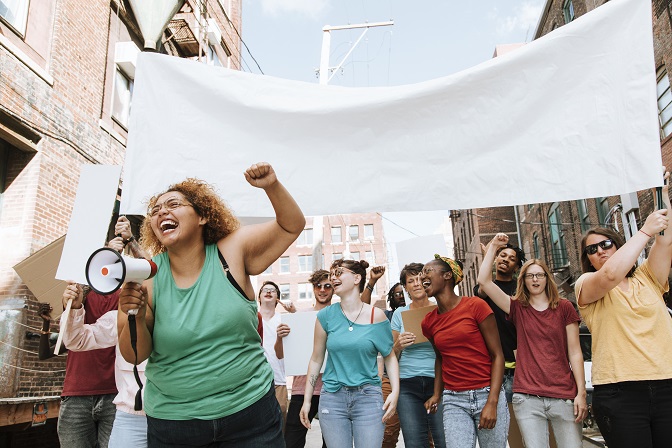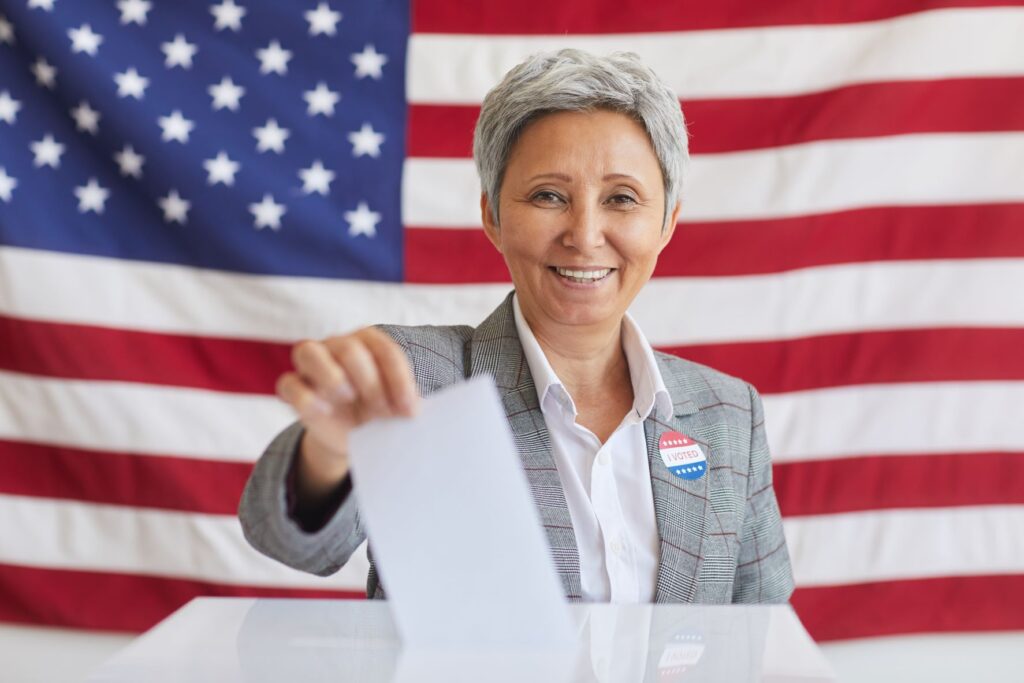You’ve heard it whispered in corners, the quiet threat of reverse mortgages. You’re not alone. Many women feel the pinch, caught between financial security and home ownership.
Today, we’ll unravel this complex knot, shedding light on how these loans can impact your rights. So sit tight; you’re about to get a crash course on navigating the choppy waters of gender-specific financial issues.
Key Takeaways
- Reverse mortgages can inadvertently contribute to gender bias in lending, potentially disadvantaging women due to limited financial literacy.
- Women are vulnerable to financial difficulties after their spouse’s death, as many wives are not listed as co-borrowers, leading to foreclosure threats.
- Limited understanding of reverse mortgages contributes to gender inequality and wider wealth gaps between genders.
- Inclusive policies that address gender-specific financial issues, such as the gender wage gap and longer lifespan, are crucial in bridging the wealth gap and promoting gender equality in financial matters.
Understanding Reverse Mortgages: A Brief Overview
Let’s delve into understanding reverse mortgages. It’s a complex topic, but we’ll break it down for you.
AmeriVerse Reverse Mortgage can be an instrumental tool in retirement planning. It allows homeowners, typically 62 or older, to convert part of their home equity into cash while retaining ownership.
However, its role concerning women’s financial independence is crucial yet often overlooked.
Women generally live longer and are more likely to face financial hardship during retirement. A reverse mortgage may provide the necessary funds to maintain lifestyle after retirement, hence promoting financial independence.
But remember, like all financial tools, they have potential risks and rewards that need careful consideration. So understand them thoroughly before incorporating them into your retirement strategy.
The Intersection of Reverse Mortgages and Women’s Rights
You’re about to delve into the complex realm of how home equity conversion can affect gender equality. Reverse mortgages, when mismanaged or misunderstood, can inadvertently contribute to ‘Gender Bias in Lending’.
Women often face a disadvantage due to societal factors that limit their financial literacy, resulting in lesser understanding of reverse mortgages. This can lead to unfavorable terms and conditions during transactions, further widening the wealth gap between genders.
It’s crucial to improve ‘Women’s Financial Literacy’ as an integral part of addressing this issue. By doing so, you’ll help women navigate these complex financial products more efficiently, securing their rights and interests in the process.
As our society strives for economic balance and fairness, understanding these dynamics is essential for progress.
Case Studies: Real-life Impact of Reverse Mortgages on Women
Diving into actual scenarios can further illuminate how home equity conversion has affected gender equality in real life. As you navigate the landscape of financial security, it’s imperative to consider the implications of reverse mortgages on women, especially given persistent gender inequality.
Studies reveal that women are often left financially vulnerable after their spouse’s death due to reverse mortgage complications. Many wives aren’t listed as co-borrowers, resulting in foreclosure threats. Additionally, women are generally less informed about these contracts’ risks and repercussions.
Understanding this complex issue requires a deep dive into the economic trends that underscore such disparities.
The gender wage gap leads to lower lifetime savings for women. Furthermore, women’s longer lifespan results in a greater need for financial resources during retirement.
These findings highlight an urgent need for more inclusive policies addressing gender-specific financial issues.
Conclusion
So, you’ve hitched a ride on the time machine and dived into the world of reverse mortgages. They can be a lifeline or an anchor, especially for women. You’ve seen first-hand how it changes lives.
Don’t just bury this knowledge like buried treasure – use it! Understand your rights, take control of your financial future, and make informed decisions. After all, knowledge is power, isn’t it?




